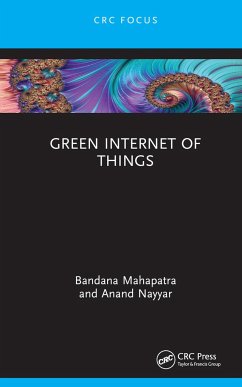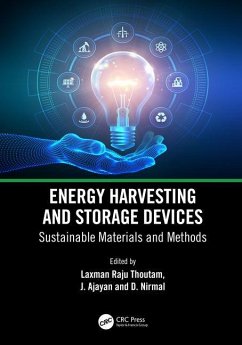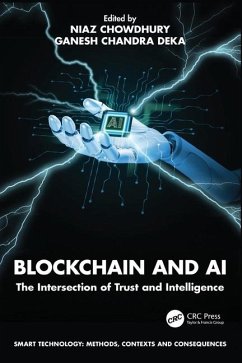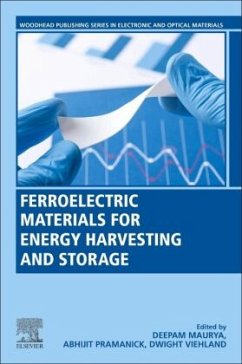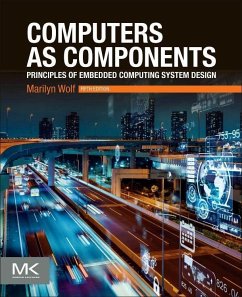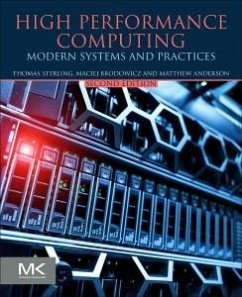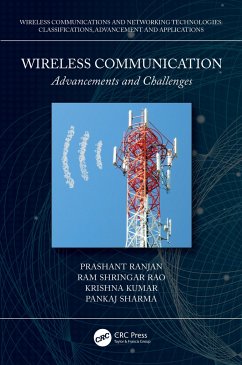
Piezoelectric Technology
Materials and Applications for Green Energy Harvesting
Versandkostenfrei!
Versandfertig in 6-10 Tagen
123,99 €
inkl. MwSt.
Weitere Ausgaben:

PAYBACK Punkte
62 °P sammeln!
This book explains the state-of-the-art green piezoelectric energy harvesting (PEH) technology. It highlights different aspects of PEH, starting right from the materials, their synthesis, and characterization techniques to applications. Various types of materials, including ceramics, polymers, composites, and bio-inspired compounds in nano, micro, and meso scale and their recent advancements are captured in detail with special focus on lead-free systems. Different challenges and issues faced while designing a PEH are also included.Features:Guides on how to harvest piezoelectric energy in a sus...
This book explains the state-of-the-art green piezoelectric energy harvesting (PEH) technology. It highlights different aspects of PEH, starting right from the materials, their synthesis, and characterization techniques to applications. Various types of materials, including ceramics, polymers, composites, and bio-inspired compounds in nano, micro, and meso scale and their recent advancements are captured in detail with special focus on lead-free systems. Different challenges and issues faced while designing a PEH are also included.
Features:
Guides on how to harvest piezoelectric energy in a sustainable mannerDescribes related figures of merit for piezoelectric energy harvestingCovers synthesis of piezoelectric materials in the form of bulk, single crystal, nano, and thin/thick filmIncludes pertinent advanced characterization techniquesReviews piezo-energy harvesting devices and structures
This book is aimed at researchers, professionals, and graduate students inelectrical engineering, materials, and energy.
Features:
Guides on how to harvest piezoelectric energy in a sustainable mannerDescribes related figures of merit for piezoelectric energy harvestingCovers synthesis of piezoelectric materials in the form of bulk, single crystal, nano, and thin/thick filmIncludes pertinent advanced characterization techniquesReviews piezo-energy harvesting devices and structures
This book is aimed at researchers, professionals, and graduate students inelectrical engineering, materials, and energy.






